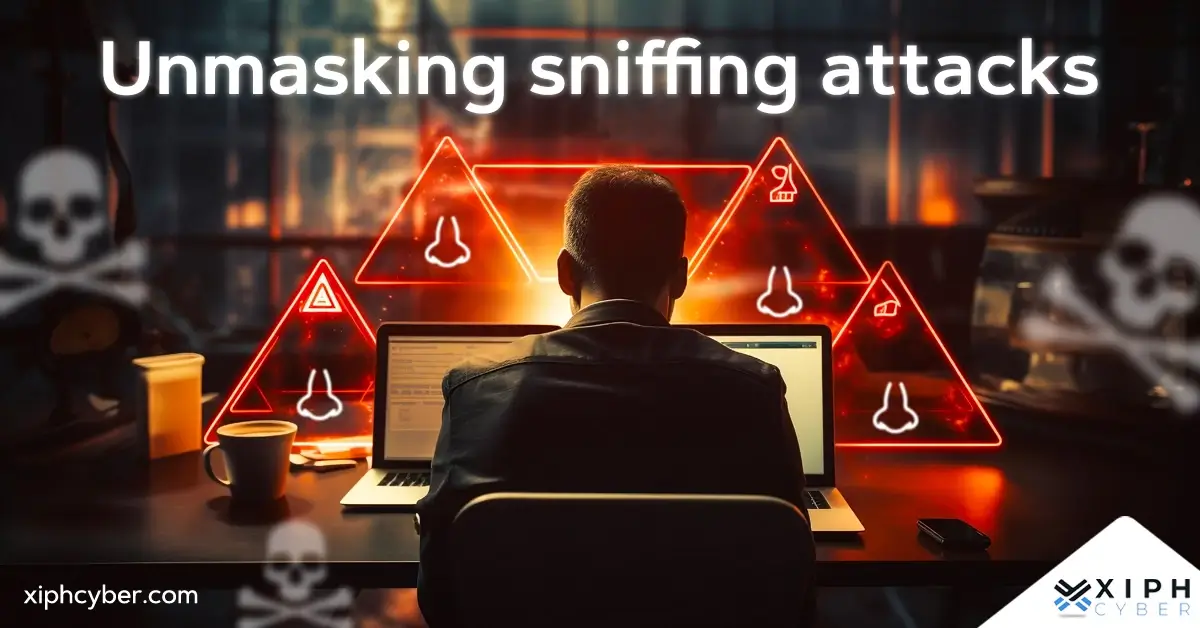Published Sep 09, 2019 by Xiph
The defense and security customer knew that they had to take control of their communications. Public leaks would damage the reputation of their organisation and in some cases may have affected the safety of their staff and population.

Challenges
Given that a large number of the key workers within the organisation discussing confidential information via their mobile devices on a day to day basis the customer had legitimate concerns about the confidentiality of information communicated using smartphones and tablets. In some areas of the world the customer was concerned about rogue telecommunications operators intercepting calls as well as the wide-spread use of consumer based communications apps while on insecure networks in hotels and airports.
The Threat of Hacks
The customer had previously encountered an issue with a department of their organisation’s mobile communications being hacked. They needed to ensure that they could conference call and send images with the confidence that their information will remain secure.
Selection Criteria
The organisation needed a solution to provide secure global mobile communications for key employees as they exchange very sensitive information.
The selection criteria were set out as follows:
The highest grade open-source encryption technologies available for end to end communications on mobile devices.
The solution would need to integrate with their existing mobile policy, including integration with their existing MDM/EMM platform.
The ability to have central control of the closed contact list for each user, outside of the device’s own address book.
Fast deployment to new users requiring private communications while out of country.
The ability to brand the solution with their own logo ensure full ownership of the system.
Solution
The Trial
The organisation trialled the system for 30 days with twenty users using a mix of iOS, Android, Windows & OS X devices. The 30 day trial allowed the organisation to extensively test the sound quality of one-to-one and conference calls when users were based in different parts of the country. Having a longer trial period the customer was confident in agreeing a large organisational deployment of the solution.
The Deployment
The company chose to deploy the live system on premise in their own data center. With many Government bodies, the customer needed to implement an on-premise deployment to comply with regulations. A SaltDNA representative visited the site and installed the solution into the organisation’s own infrastructure. After a few hours, with some tweaks to the configuration to meet the security constraints of the customer’s network, the system was fully up and running.
Benefits
Immediate uptake by end users removed a major area of concern for the management and field team. The organisation’s head of security said,
“The SaltDNA solution provided us with the perfect method of communications for our staff. Our users are often in hostile areas where we need to share information with our HQ. The SaltDNA broadcasting capabilities and image transfer facilities are perfect for situations like this.”
Once rolled out, the SaltDNA system has been utilised in a number of ways by this organisation for incident response and team management.
Use Cases
Missing Persons: SaltDNA was deployed within this organisation’s missing person cases. The SaltDNA solution offered their users’ with the ability to securely send messages, share images/documents and live locations for a chosen period of time. These features enabled the response teams to carry out searches for missing persons as efficiently, effectively and securely as possible.
Terror Attack: When dealing with terror attacks SaltDNA’s customer required a way to transmit crucial information to a large number of users. That’s why SaltDNA developed our message broadcasting feature alongside this customer. Broadcast messages can be labelled with a specific ‘severity’ levels to highlight the importance and need to react, with ‘critical’ issues having the ability to override ‘silent’ settings and ‘do not disturb’ settings on a users’ device.
Undercover: Upon purchase the SaltDNA secure communication system was successfully deployed during covert operations. A key reason for why this customer chose SaltDNA instead of competing secure hardware devices is that these devices would be easily spotted during undercover work.
Case Coordination: When this customers’ officers were working in the field it was crucial that they had the ability to communicate between each other as well as back to HQ. SaltDNA’s group chat and conference calling capabilities became increasingly important for this customer. With greater capabilities such as enforced ‘auto-burn’; deleting all messages after a chosen period of time, it allowed this customer to ensure that their team could communicate securely whilst having the added protection of wiped down devices.
Posted in: Case Studies


